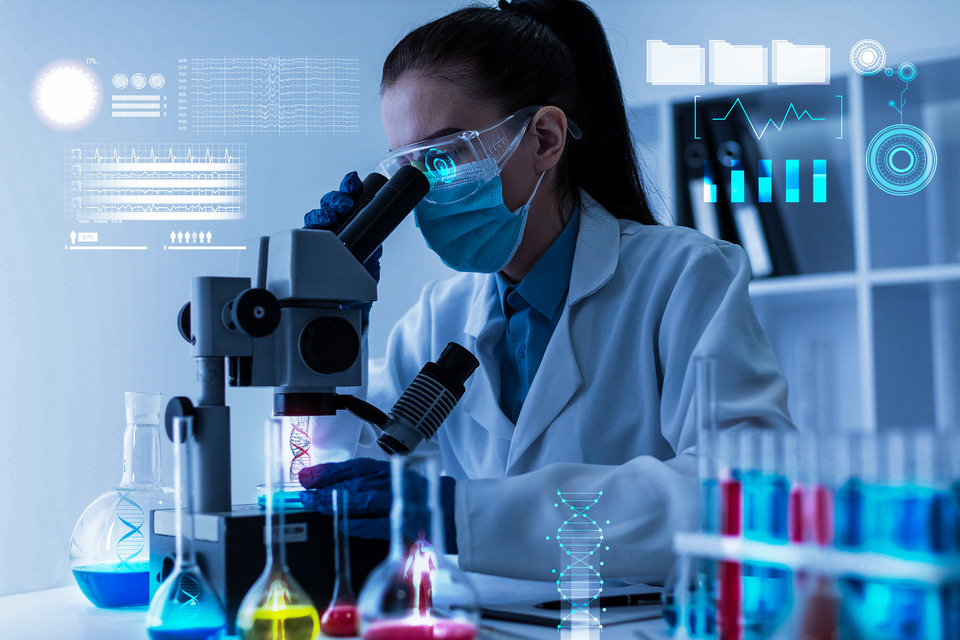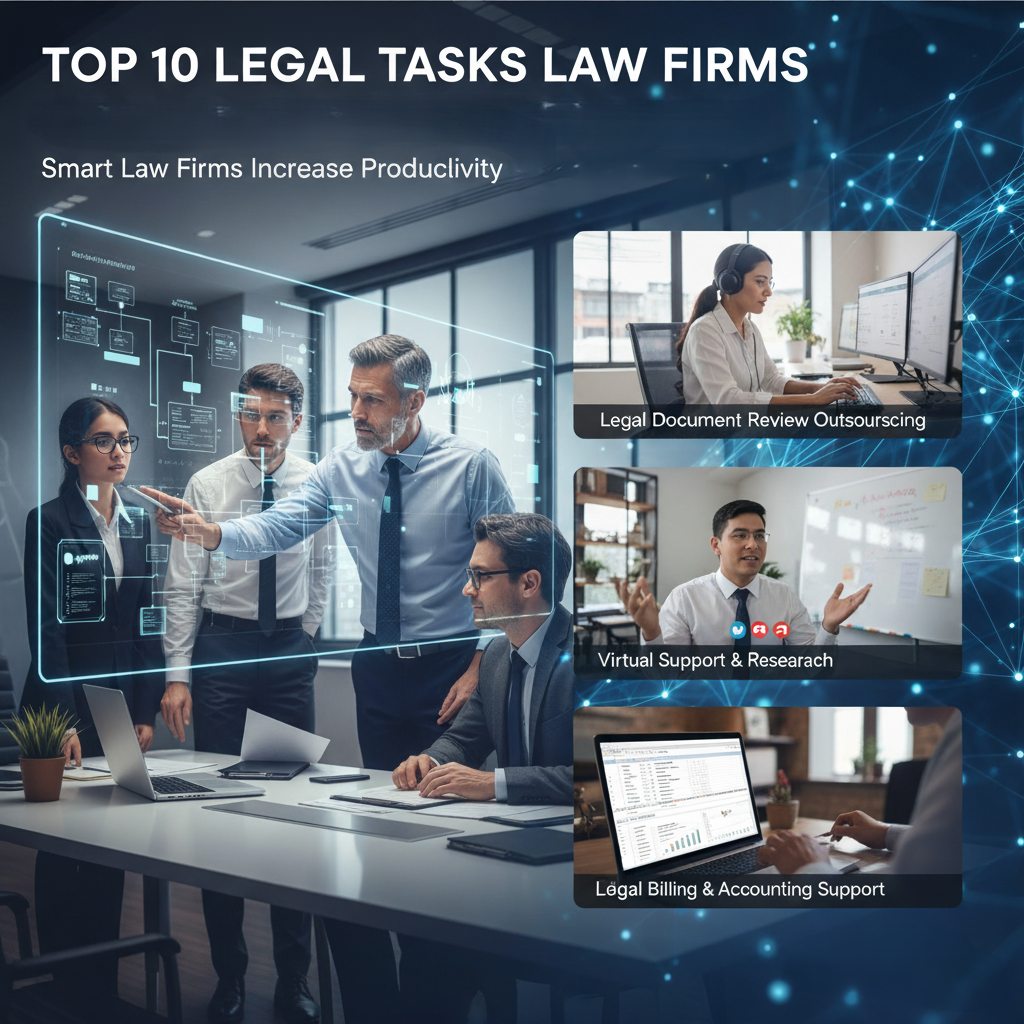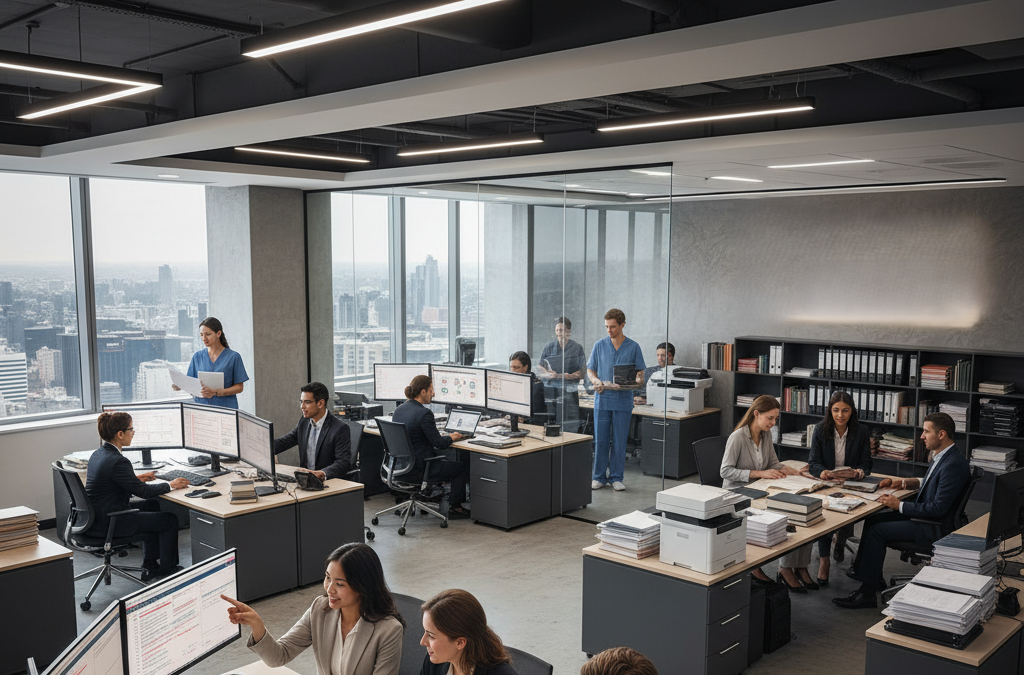- Resources
- Unraveling the Mystery: Exploring Forensic Science in Legal Investigations
Unraveling the Mystery: Exploring Forensic Science in Legal Investigations
July 24, 2024

Forensic science emerges as a guiding light of clarity in the complex world of the legal industry, where layers of deception and uncertainty frequently hide reality. It is the skill of untangling enigmas, decoding hints, and connecting evidence to disclose the truth. From the simple origins of fingerprint examination to the advanced DNA profiling methods, forensic science has developed into an essential instrument in legal inquiries.
In this blog, we will explore the captivating realm of forensic science and its crucial role in pursuing fairness.
The Beginnings of Forensic Science
Forensic science’s origins date back to ancient societies, where basic techniques were employed to resolve crimes and conflicts. Nevertheless, forensic science became a unique field in the late 19th century. One of the earliest breakthroughs arrived with Sir Francis Galton’s identification of fingerprints as a distinct identifier in the 1890s. This groundbreaking discovery established the foundation for modern fingerprint examination, a cornerstone of forensic investigation today.
The Transformation of Forensic Techniques
Over Time, forensic studies have experienced a significant change driven by technological and scientific advancements. From firearms and poison detection to genetic testing and electronic investigations, many methods are available to reveal proof and confirm truths in legal functions.
Firearms examination, for instance, requires studying guns and bullets to link weapons to illegal actions. Forensic specialists can identify the firearm model used and even link bullets to particular firearms by inspecting bullet shells, marks, and shooting residues.
Poison identification plays a crucial part in incidents connected to medications, toxins, and drunkenness. By inspecting bodily fluids and tissues, toxicologists can uncover the existence of elements and determine their densities, offering crucial proof in situations of drug-related transgressions, poisoning, and DUI cases.
DNA analysis has completely transformed the field of criminal science, providing unmatched precision in identifying persons and establishing connections. Using methods like amplification and repeated motif examination, criminal experts can isolate genetic material from organic samples and compare them to a repository of recognized profiles, thus connecting suspects to crime scenes or proving the innocence of the wrongfully accused.
Digital Forensics has emerged as a crucial instrument in investigating cybercrimes, deceit, and other transgressions involving digital proof. By examining electronic gadgets such as laptops, smartphones, and storage media, forensic investigators can retrieve erased documents, trace online actions, and reconstruct digital schedules, offering valuable insights into illegal conduct.
Difficulties and Arguments
Despite its unquestionable usefulness, forensic science has its difficulties and disputes. The dependability of specific methods, such as hair examination and bite mark comparison, has been questioned recently, resulting in worries about mistaken convictions based on imperfect proof.
Additionally, the swift rate of technological progress presents new obstacles for forensic practitioners, who must consistently upgrade their abilities and methods to stay up-to-date with developing challenges and possibilities.
Furthermore, concerns of partiality and personal judgment can emerge in forensic examination, mainly when interpretation plays a notable role in establishing the importance of proof. Therefore, efforts to develop standardized procedures, enhance training, and boost transparency are crucial to ensure the honesty and reliability of forensic science in the judicial system.
The Outlook of Forensic Science
Peering into the future, the outlook of forensic science shows potential for further growth and progress. Up-and-coming technologies like machine learning, artificial intelligence (AI), and advanced sequencing are on track to transform forensic examination, allowing for faster, more precise, and more thorough analysis of clues.
Additionally, cross-disciplinary partnerships among forensic scientists, law enforcement agencies, educational institutions, and technology specialists will be critical in tackling complex obstacles and maximizing the full potential of forensic science in the pursuit of fairness.
Ultimately, forensic science is a guiding light in the sometimes unclear realms of legal inquiries. From its modest origins to its current complexity, forensic science has been instrumental in unraveling enigmas, revealing truths, and delivering fairness. As we continue to break new ground in scientific exploration and technological advancement, the future of forensic science promises even more significant accomplishments in the search for honesty and responsibility.
Whether by examining DNA or thoroughly scrutinizing electronic footprints, forensic science remains essential in collecting justice, guaranteeing that the responsible are answerable and the blameless are justified. As we steer the intricacies of the lawful system, we can find relief in acknowledging that forensic science stands ready to illuminate the dimmest corners and solve the existing enigmas.
The Allied Outsourcing emerges as a pivotal performer in medicolegal services, providing a full range of resolutions customized to fulfill the developing requirements of legal inquiries and litigations. Through intentional collaborations with medical professionals, forensic experts, and legal counselors, The Allied Outsourcing produces a variety of amenities involving medical record review, expert witness testimony, and forensic analysis.
Utilizing cutting-edge technologies and a vast grid of specialized experts, The Allied Outsourcing guarantees its medicolegal services precision, trustworthiness, and integrity, allowing legal firms to make knowledgeable choices and offer convincing contentions in court. With a pledge to superiority and loyalty to aiding the interests of justice, The Allied Outsourcing stands as a dependable confidant for legal firms, insurance companies, and government agencies seeking unmatched proficiency in the convergence of medicine and law.
To know more, reach out to: https://thealliedoutsourcing.comcontact/
All Categories
- Agile Legal Support (1)
- Case Law (88)
- Case Studies (6)
- Demand Letter (14)
- Deposition Summaries (11)
- Legal Outsourcing (3)
- Legal Research (72)
- Marketing (1)
- Medical Summaries (14)
- Others (4)
- Personal Injury (54)
- Virtual Assistant (59)
- Virtual Paralegal (2)
Related Blogs




